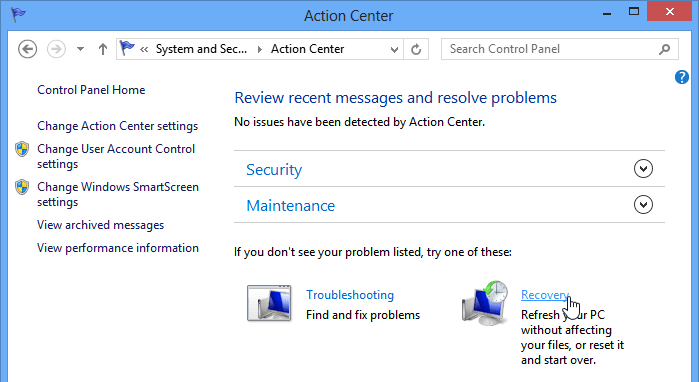Guardians of the Gateway: Unraveling the Security Layers in Windows 8

Introduction
In the ever-evolving landscape of digital security, the role of operating systems as guardians of our digital gateways has become increasingly pivotal. Among these gatekeepers, Windows 8 emerges as a sentinel, boasting a multifaceted security infrastructure designed to safeguard users against the diverse array of cyber threats. This comprehensive exploration delves into the intricate security layers embedded within Windows 8, unraveling the mechanisms that collectively form the guardianship of this digital gateway.
1. Windows Defender: The First Line of Defense
At the forefront of Windows 8’s security apparatus is Windows Defender. Initially introduced as a standalone antivirus solution, it metamorphosed into an integrated security suite with Windows 8. This section navigates through the evolution of Windows Defender, dissecting its real-time protection, malware scanning, and firewall capabilities. We unravel the role of Defender as the first line of defense against the myriad of digital adversaries.
2. BitLocker Drive Encryption: Securing Data at Its Core
In an era where data privacy is paramount, encryption becomes a critical component of any robust security strategy. Windows 8 introduces BitLocker Drive Encryption, a full-disk encryption feature designed to protect sensitive data at its core. This segment explores the inner workings of BitLocker, shedding light on the encryption algorithms and mechanisms that fortify the user’s data against unauthorized access.
3. Windows SmartScreen: Sentinels Against Malicious Content
Guarding the digital gateway goes beyond traditional antivirus measures. Windows 8 incorporates SmartScreen, an innovative technology designed to identify and block malicious websites and downloads. This section dissects the role of SmartScreen in real-time threat assessment, examining how it acts as a sentinel against the ever-evolving landscape of malicious content on the internet.
4. Windows Account Protection: Fortifying User Authentication
Windows 8 takes strides in fortifying user authentication through the integration of Windows Account Protection. This feature enhances the security of user accounts by implementing multi-factor authentication and dynamic access controls. We delve into the intricacies of Windows Account Protection, unraveling how it fortifies the gateway against unauthorized access and potential breaches.
5. Secure Boot: Defending Against Malicious Bootkits
The integrity of the system’s boot process is paramount to overall security. Windows 8 introduces Secure Boot, a feature designed to defend against malicious bootkits and unauthorized firmware. This section explores the mechanics of Secure Boot, elucidating its role in ensuring that the system boots only from trusted and authenticated sources, fortifying the digital gateway from the very foundation.
6. Windows Update: A Constant Reinforcement
In the ever-changing landscape of cybersecurity, timely updates are imperative. Windows 8 adopts a dynamic update system that constantly reinforces the operating system’s security posture. This segment explores the significance of Windows Update, dissecting the cumulative security patches, bug fixes, and feature enhancements that contribute to the system’s resilience against emerging threats.
Conclusion
As we conclude our exploration, it becomes evident that Windows 8 stands as a formidable guardian of the digital gateway. From the multifaceted capabilities of Windows Defender to the innovative technologies like SmartScreen and Windows Account Protection, each security layer contributes to the holistic defense of this operating system. In the ceaseless battle against cyber threats, Windows 8 isn’t just an operating system; it’s a bastion of security, guarding the gateway to the digital realm with unwavering vigilance.





